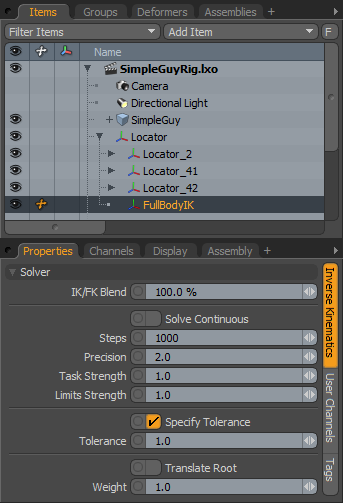

The renderer then knows where to make a model lighter or darker, creating the illusion of light. The process of light baking is the precalculation of highlights and shadows for a (static) scene the information for which is then stored in a lightmap. To avoid this you can bake every light that doesn’t cast realtime shadows. If you constantly push the hardware’s limits, the phone will run hot–and consequently, throttle down to protect itself. So, you don’t want to drain your users’ phone batteries more than necessary by having too many fancy lights in your scene. We want an easy and maintainable production pipeline.We want nice looking lights and shadows.We want to run fast on cheaper and/or older mobile devices.We want huge maps with a high amount of buildings.This is what our goal list looked like when we started building our pipeline: While smaller colonies might only have a dozen buildings, larger ones can easily have hundreds of them. In our game, Galactic Colonies, players colonize alien planets and build huge colonies made up from a large number of individual buildings. Those are all potential customers you don’t want to exclude. But this will result in locking out a huge amount of potential players, as there are still many older devices in use. Achieving solid 60fps in a large-scale 3D environment on an older mobile device can be a challenge.Īs developers, we could just target high-end phones and assume that most players will have hardware sufficient to run our game smoothly. As powerful as mobile devices are today, it’s still difficult to run large and good looking game environments at a solid frame rate.


 0 kommentar(er)
0 kommentar(er)
